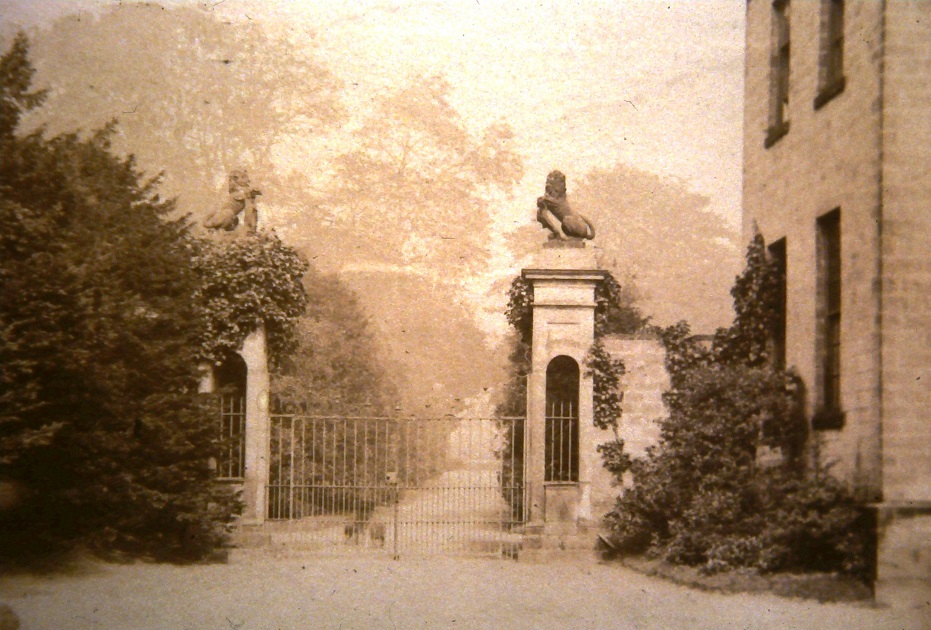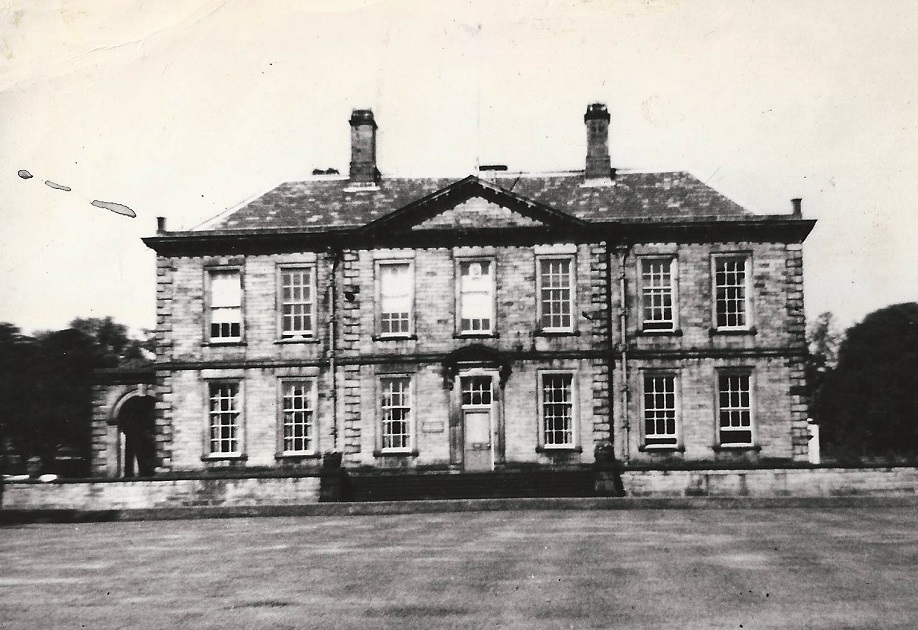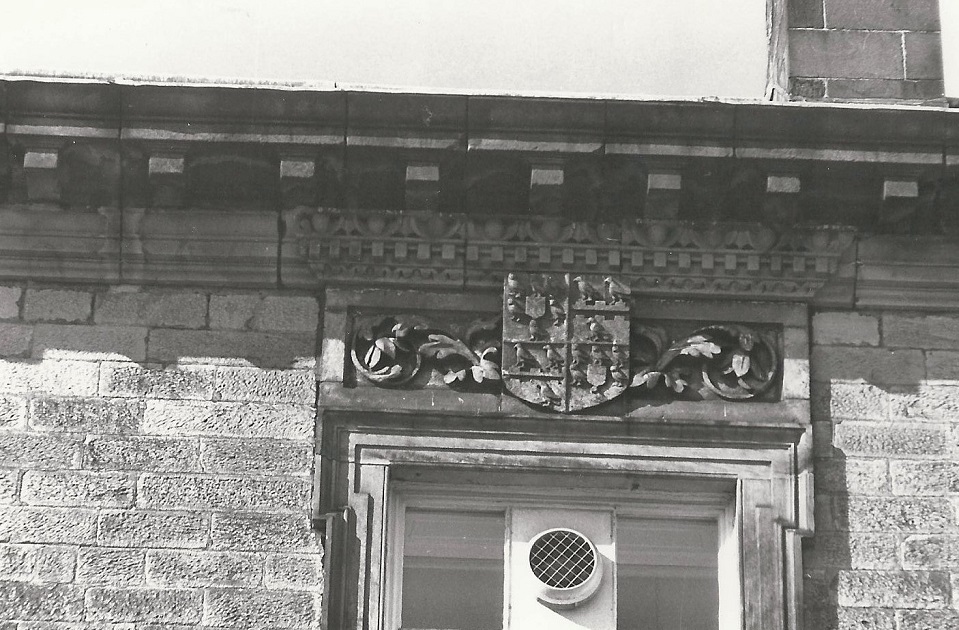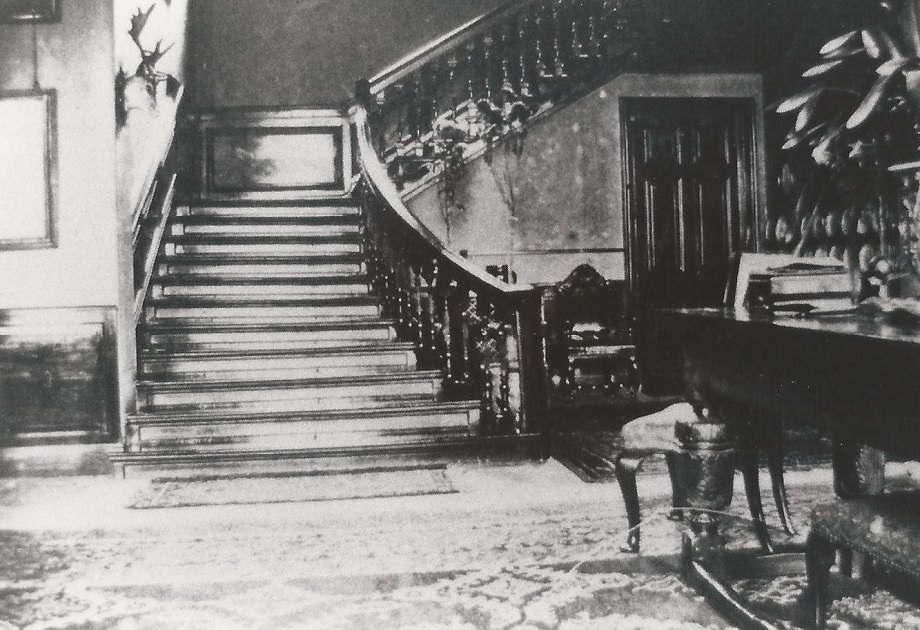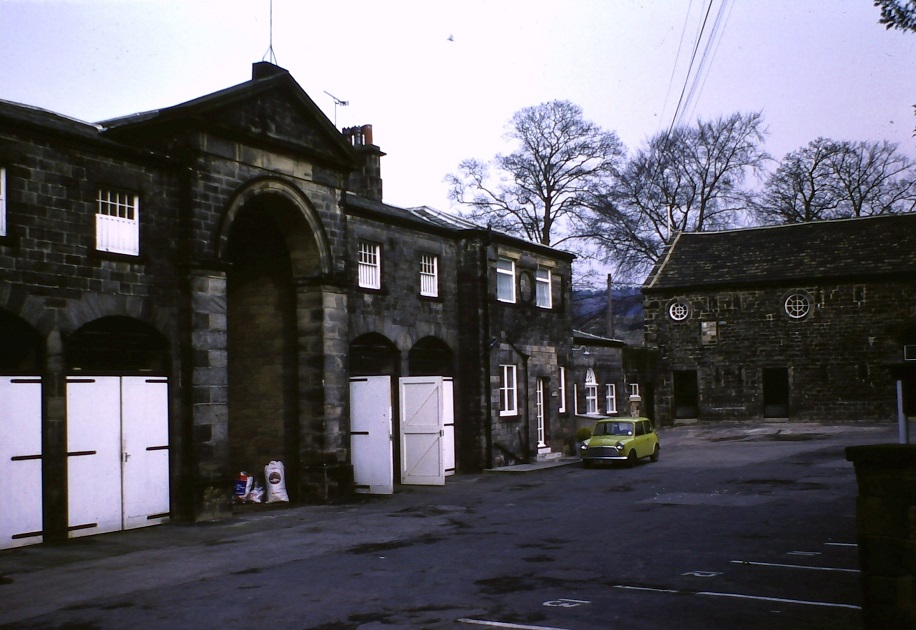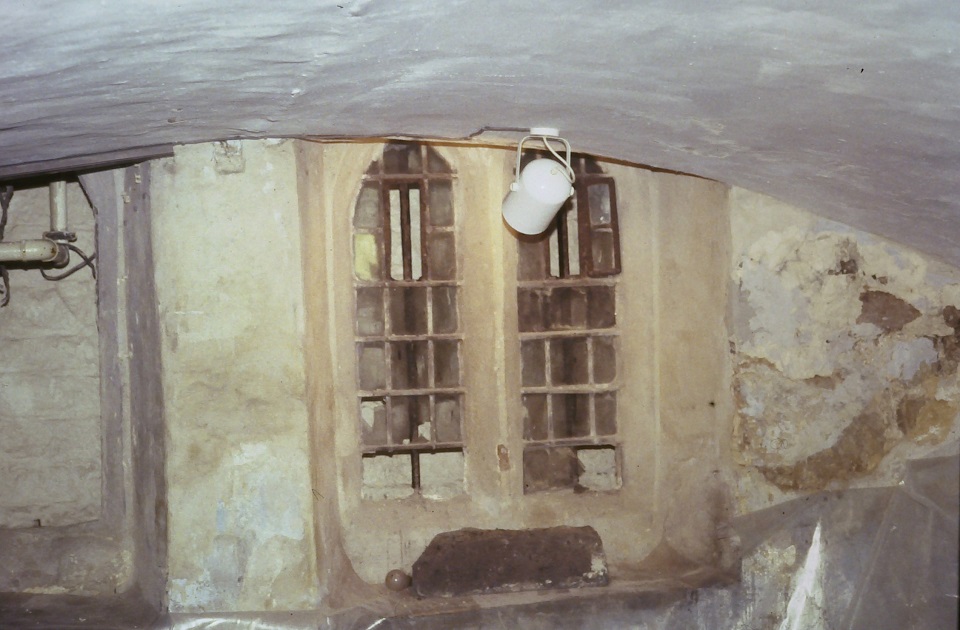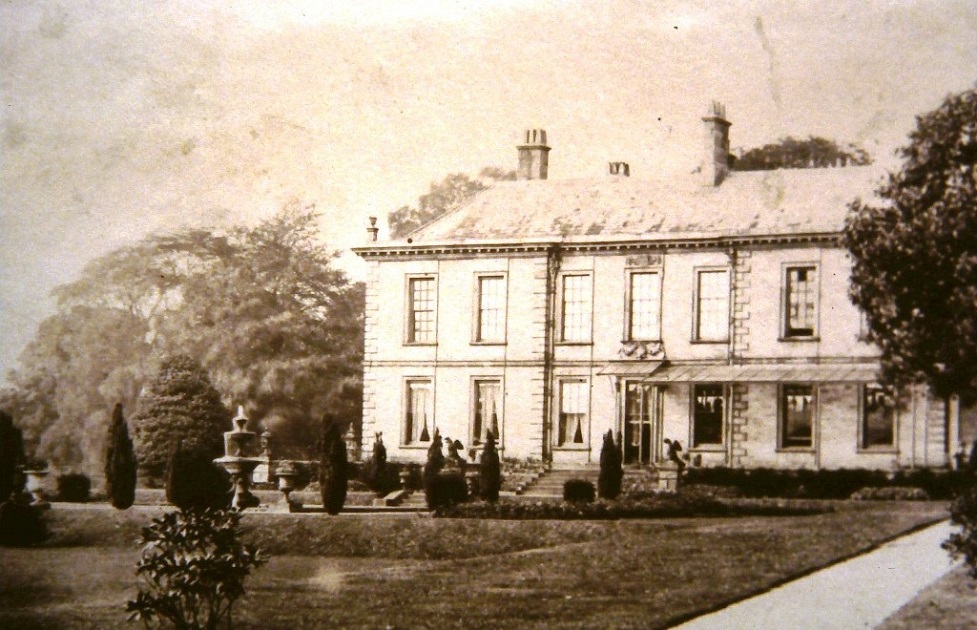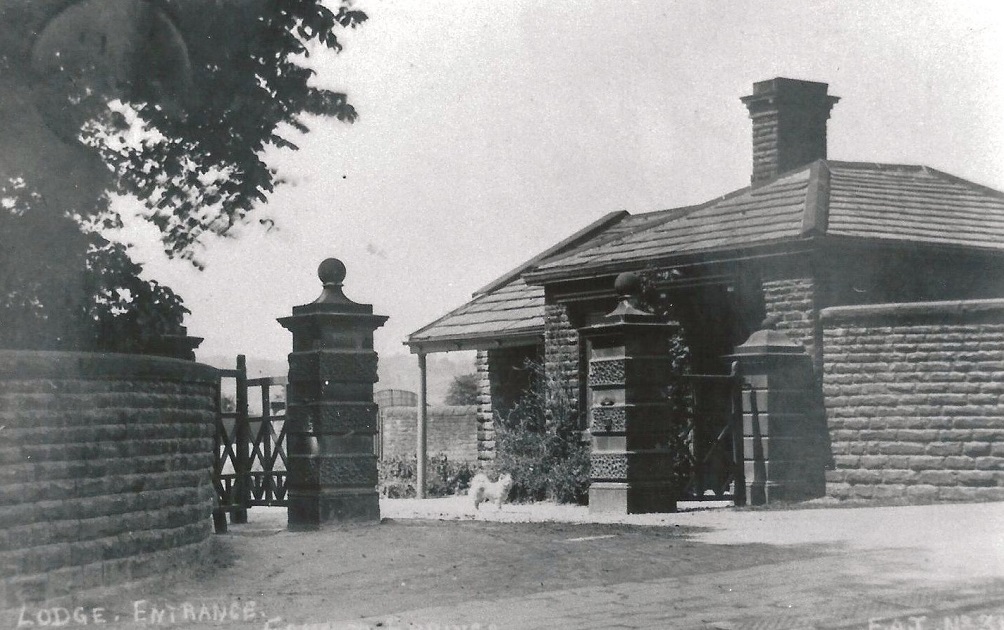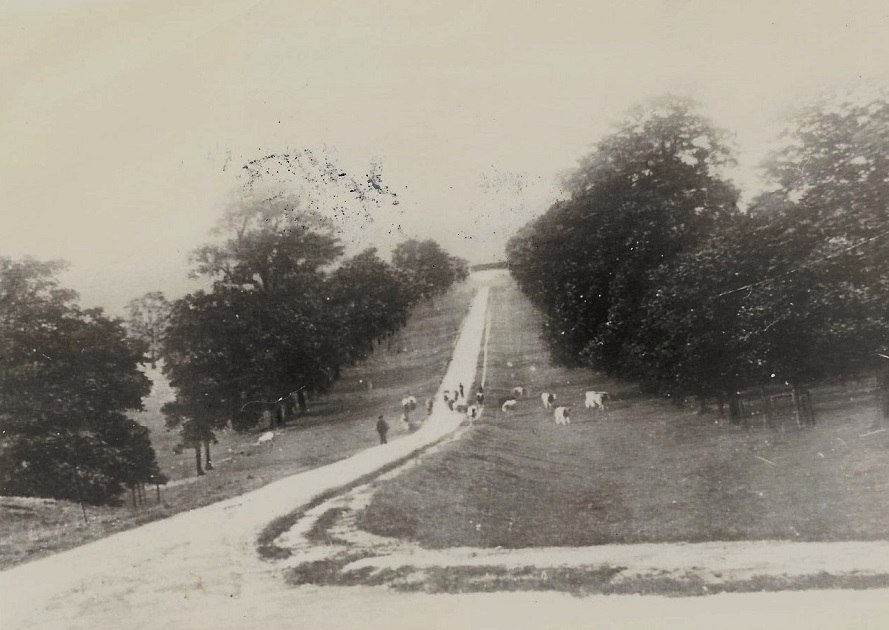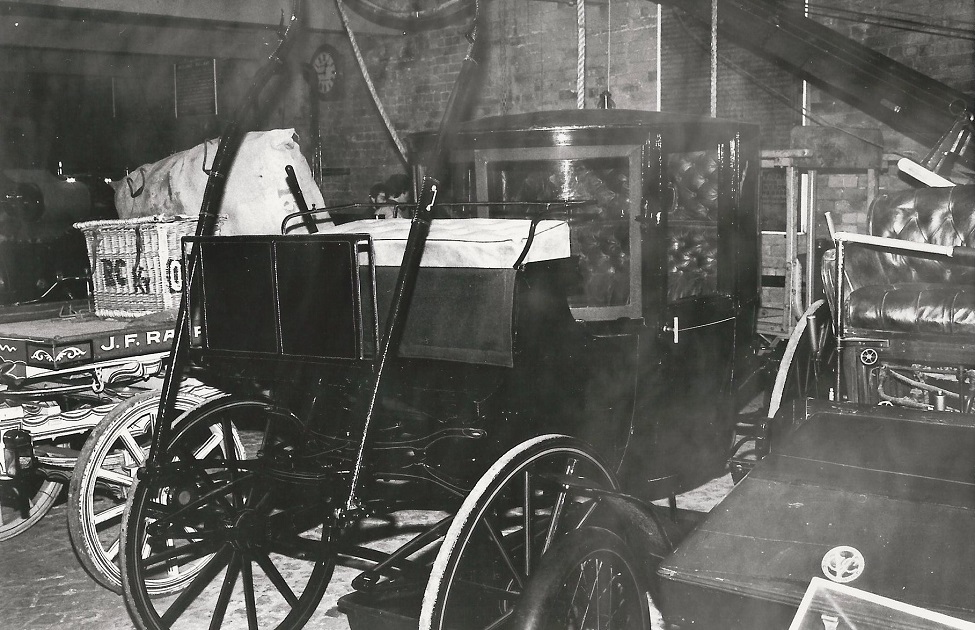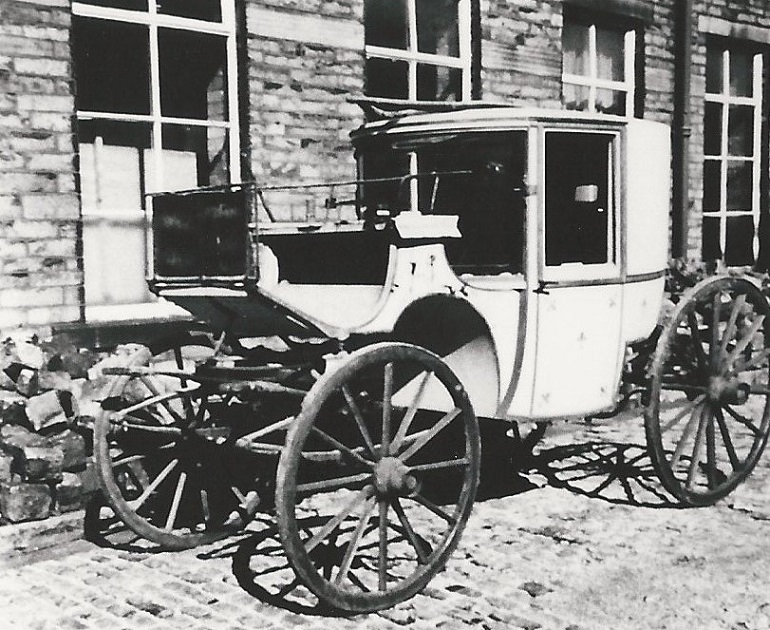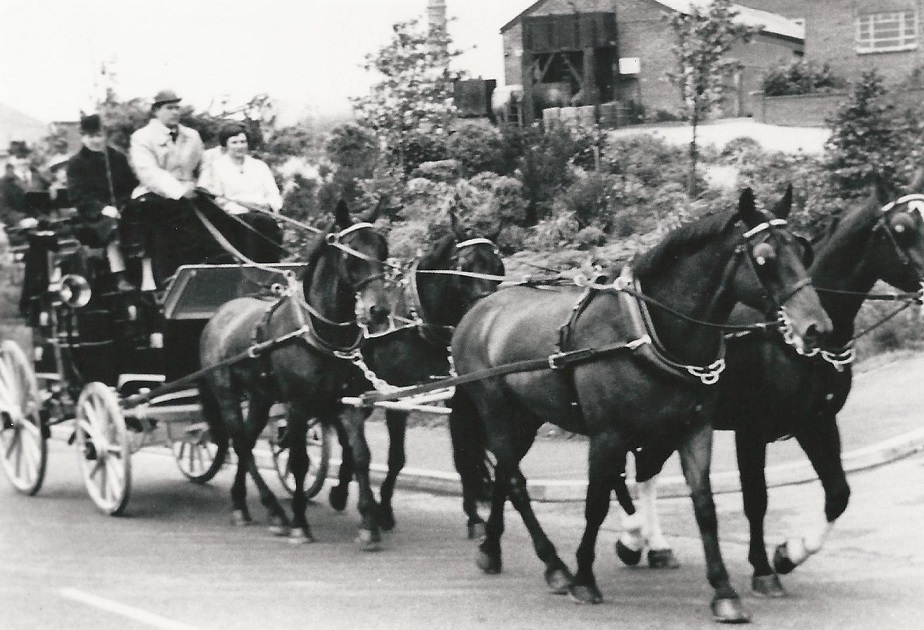Esholt Hall – Undated
Built on the site of Esholt Priory by Sir Walter Calverley, the hall and estate were bought by Robert Stansfield in 1755, his family remained there until it was sold to Bradford Council in 1904.
The last male heir was Major General William Crompton Stansfield, who died in 1880, aged 52.
He left 3 daughters, Mary Evelyn Maud, Elizabeth Alexandra and Consuela Albinia.
From around the 1860s, there were problems on the Esholt estate caused by Bradford Council’s attempts to dispose of sewage via a beck which deposited waste along it’s course, including Esholt.
In 1869, Major General Stansfield had taken out an injunction against the Council to force them to stop this practice as a result Bradford Council were forced to invest in treatment facilities.
The City fathers then tried to compulsorily purchase Esholt estate but the House of Lords refused to sanction this move.
When the decision was known in Esholt village there was much jubilation.
Villagers met the train at Apperley Station on which the Misses Stansfield had traveled back from London and cheered them home.
Unfortunately this euphoria was not to last as in 1904 the Hall and estate were sold to Bradford Council for £239,742.
It is now the property of Yorkshire Water.
The reason for this decision is not known, Consuela was the only one of the sisters to marry, her husband was the Rev. Malcolm McCall of Barrowby, Kirby Overblow. They had no children and she died in 1932.
The other two sisters refused to move from the Hall and were allegedly evicted by Bradford Council at which point farm workers piled their belongings onto carts and took them to Parkgate, Guiseley, home of the Thompsons.
Miss Mary Evelyn moved to Matcham Park, Hampshire, Miss Elizabeth Alexandra to Buckden Hall, Skipton which belonged to the family.
Esholt Hall – Undated
The staircase originally came from Wallington Hall, Northumberland, it was removed from Esholt and taken to Barrowby, Kirby Overblow.
The Barrowby Estate came into the Rookes Crompton family through Emma Markham who married William Rookes in 1824.
It was owned by her father, she and her husband inherited the property on his death.
Previous Comments:
hannah1
The first sewerage works was in a large field behind a cottage at Stone Top, parts of the foundations of some of the buildings can still be seen although they are overgrown. The access to the works was over the Clapper Bridge and ford at the bottom of Gill Lane and up the cart track to Stone Top. This was built in the middle to late 1800s, owing to the excess of sewerage that came down from Yeadon, it was becoming a health hazard. It eventually became too small hence the action of Bradford council to compulsory purchase of the Estate.
28 Feb 2014.
Wm.A.Hill
I was told by my late father that there was another building based on the plans of Esholt Hall, perhaps by the same architect.
I seem to remember him saying that it was either in County Durham or more likely in Northumberland.
Are there and records of this?
As I now spend a quite a bit of time in Northumberland, I may be able to visit it just as reminder of days gone by.
27 September 2018.
AHS
We have limited records but can say that the house was built 1703 – 1709 by Sir Walter Calverley, who also had properties in the North East.
01 October 2018.
Page 1 of 2 More >>
Consolidated by Ellaine Ellwood. 02 May 2021.
Last Updated: 18 November 2022 – All images updated.
